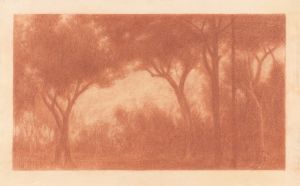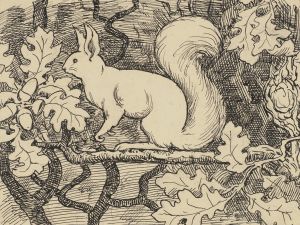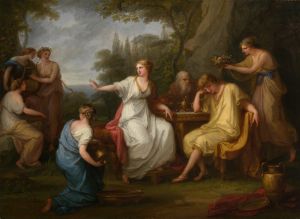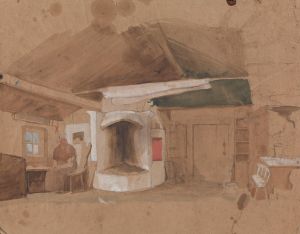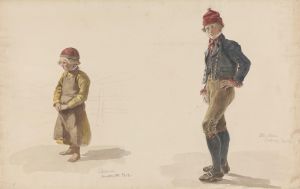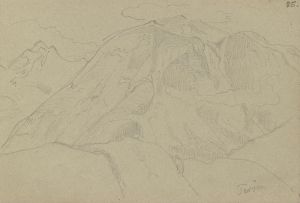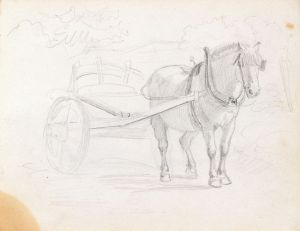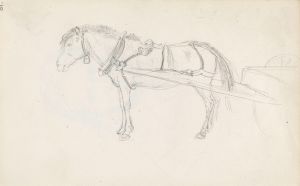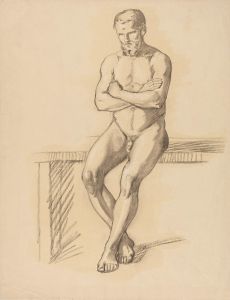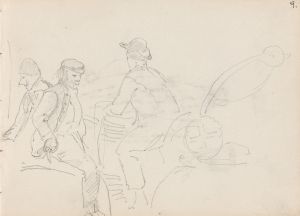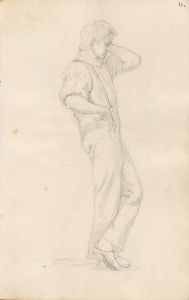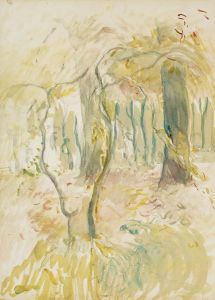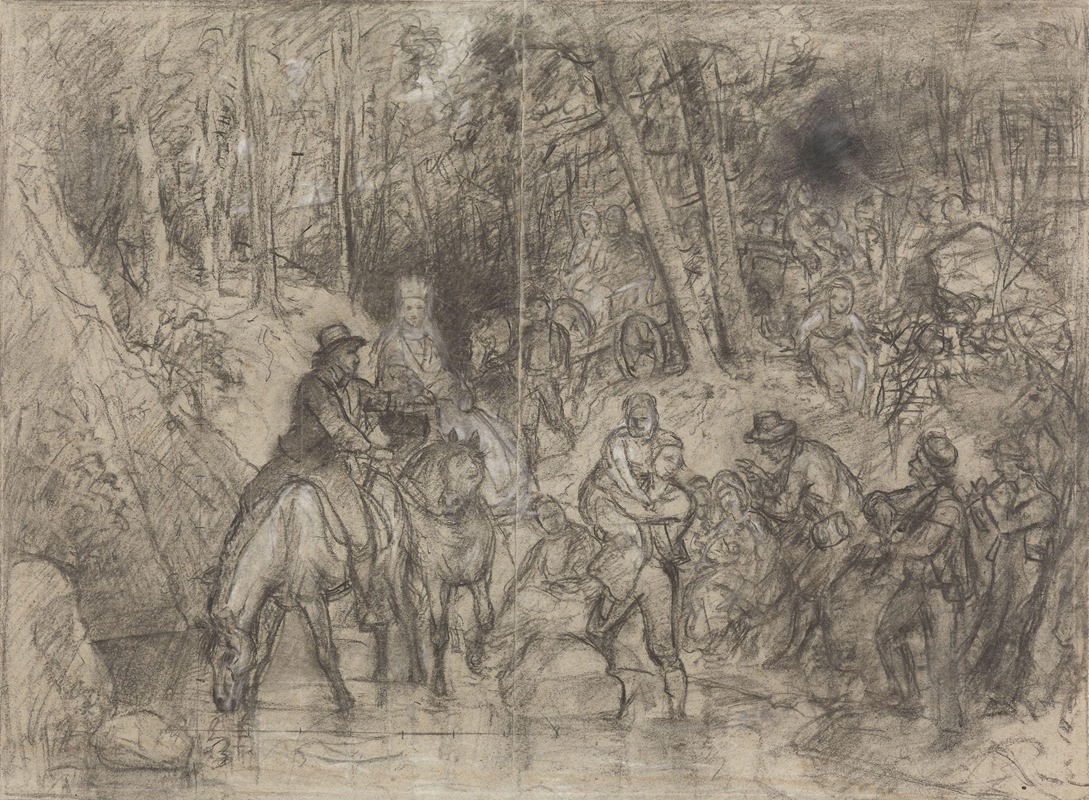
Brudetog gjennom skogen
A hand-painted replica of Adolph Tidemand’s masterpiece Brudetog gjennom skogen, meticulously crafted by professional artists to capture the true essence of the original. Each piece is created with museum-quality canvas and rare mineral pigments, carefully painted by experienced artists with delicate brushstrokes and rich, layered colors to perfectly recreate the texture of the original artwork. Unlike machine-printed reproductions, this hand-painted version brings the painting to life, infused with the artist’s emotions and skill in every stroke. Whether for personal collection or home decoration, it instantly elevates the artistic atmosphere of any space.
Adolph Tidemand's painting Brudetog gjennom skogen (translated as The Bridal Procession Through the Woods) is a notable work by the Norwegian artist, created in 1848. Tidemand, a prominent figure in 19th-century Norwegian art, is best known for his depictions of rural life and traditional customs, which played a significant role in the development of Norwegian national romanticism. This painting is one of his most celebrated pieces and reflects his interest in capturing the cultural heritage of Norway.
The artwork portrays a traditional Norwegian bridal procession traveling through a forested landscape. The scene is rich in detail, showcasing the participants in traditional folk costumes, which were an important symbol of regional identity and cultural pride during the 19th century. The procession includes the bride, groom, and other members of the wedding party, accompanied by musicians playing traditional instruments. The forest setting emphasizes the connection between Norwegian traditions and the natural environment, a recurring theme in Tidemand's work.
Brudetog gjennom skogen was created during a period when Norway was experiencing a growing interest in its national identity, following its independence from Denmark in 1814 and its subsequent union with Sweden. Artists like Tidemand sought to document and celebrate the unique aspects of Norwegian culture, including its rural traditions, folklore, and landscapes. This painting is a prime example of how Tidemand combined ethnographic accuracy with artistic expression to create works that resonated with the Norwegian public.
The painting was well-received and contributed to Tidemand's reputation as one of Norway's leading artists. It remains an important piece in the history of Norwegian art and is often associated with the broader national romantic movement that sought to define and preserve Norway's cultural identity during the 19th century. Today, Brudetog gjennom skogen is housed in the National Museum of Art, Architecture and Design in Oslo, where it continues to be appreciated for its historical and artistic significance.
Adolph Tidemand's meticulous attention to detail and his ability to convey the spirit of Norwegian traditions have made Brudetog gjennom skogen a lasting symbol of Norway's cultural heritage. The painting not only serves as a visual record of 19th-century Norwegian customs but also reflects the broader cultural and political currents of its time.





